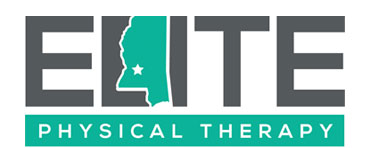Carpal Tunnel Syndrome
What is Carpal Tunnel Syndrome?
Carpal tunnel syndrome causes pain, tingling, numbness and possible weakness in the hand because of pressure on the median nerve in your wrist. The median nerve and several tendons run from your forearm to your hand through a small space in your wrist called the carpal tunnel. The median nerve controls movement and feeling in your thumb and first three fingers (excluding your little finger).
Common Causes of Carpal Tunnel Syndrome
In general, anything that irritates or compresses the median nerve in the carpal tunnel space can lead to carpal tunnel syndrome. For example, fluid retention during pregnancy can narrow the carpal tunnel and irritate the nerve, as can degenerative changes resulting from osteoarthritis. Daily activities such as repetitive typing, use of power tools or gripping can also lead to CTS. It may also be that a combination of risk factors contributes to the development of the condition.
Symptoms of Carpal Tunnel Syndrome
- Tingling or numbness in the fingers or hand, especially your thumb and index, middle or ring fingers. This sensation often occurs while holding an object such as a phone or maintaining the wrist in a bent position (i.e. while sleeping).
- As CTS progresses, the numb feeling may become constant and cause a need to “shake out” the hands in an attempt to relieve the symptoms.
- Pain radiating from the wrist up the arm into the shoulder or extending down into the palm or fingers, often resulting in a tendency to drop objects.
How We Treat Carpal Tunnel Syndrome
- Education on avoiding aggravating activities and postural instruction
- Strengthening exercises for the muscles in the arm, hand, fingers and postural muscles
- Stretching exercises to improve flexibility
- Modalities for pain
- Night splint to ensure proper wrist position while sleeping
- Ergonomic assessment/recommendations
- Manual therapy including nerve gliding exercises
*Services are not available at all locations. Call or click the location page near you for that center’s services.
Instrument-Assisted Soft Tissue Mobilization
Learn MoreHand Therapy
Learn MoreManual Therapy
Learn MoreWhat to Expect
Every patient has a unique health history, diagnosis and personal goals. When you come for your first appointment, we will create a personalized treatment plan for you.
We work with most major insurance providers and do our best to help keep the paperwork pain-free. If you’d like to confirm your insurance coverage, please let us know and we can verify when you schedule. If your insurance provider requires a co-pay, we will ask for this payment at each visit. We accept payments by cash, check or credit card.
When to Arrive
On average, a patient’s first visit lasts about an hour. We typically ask patients to arrive 15 minutes early to sign-in, complete paperwork and/or change clothes.
What to Bring
On your first visit, you’ll need to bring your physician referral or prescription (if needed), your insurance card, your primary registration forms, your ID or driver’s license and your co-payment (as applicable). If desired, you may bring a change of clothing.
How it Works
During your first visit, your physical therapist will do an initial evaluation and discuss your plan of care. The therapist uses this information to set goals for your continued treatment. Physical therapy goals may include improved movement, strength, endurance and flexibility, as well as decreased pain. Your subsequent visits will focus on treatment that is based on your diagnosis and individualized goals.
